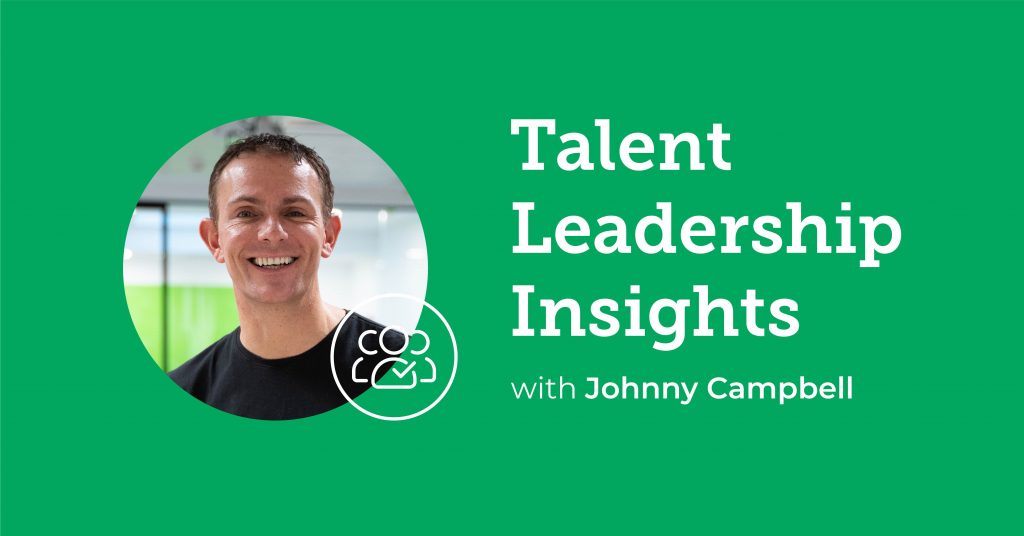Why unconscious bias training is BS
In the last year, one of the most urgent trends that has emerged for leaders is to really improve their organization’s approach to Diversity, Equity & Inclusion. There is a growing responsibility to ensure workplaces are inclusive. And the only way to properly achieve this is through targeted action.
One of the most popular methods for this amongst CEOs and C-Suite execs is unconscious bias training. This aims to inform people of their implicit biases and the impact they have on their actions and decision making. I’ve seen countless organizations get this training and realize, down the line, that it has had no impact on employee behaviour.

The problem?
It might be a bit harsh to solely condemn unconscious bias training – the training itself isn’t always the problem. It can be an excellent starting point in most cases. The problem for a lot of organizations, however, is that the training usually becomes the end point. It is the only action they take. And this is where it can have a negative effect.
Rolling out unconscious bias training by itself is like finding your house on fire, acknowledging the flames, and expecting the blaze to go out just because you know it is there. If you don’t take any other actions to quench the fire, it will continue to grow.
Unconscious bias training, without other actions, can also worsen inclusivity issues in other ways. This study actually found that discriminatory behaviour increased after unconscious bias training. Subjects became comfortable with their biases as they felt that bias was a human thing and they couldn’t help it. Mind-blowing…
Another view on the matter
I’m not alone in feeling this way, with DE&I experts also pointing out the flaws of unconscious bias training in isolation. I reached out to Salma El Wardany, Founder of Digitally Human, to see what her opinion on unconscious bias training was.
“I think unconscious bias training by itself is bullshit. It acts as nothing but a pat on the back for people who aren’t prepared to do more. It’s like a get out of jail free card. I’m not racist I’ve done unconscious bias training. Or we’re diverse as a company, we’ve done unconscious bias training.
I think a better starting point is just accepting we all have bias ingrained in us, and get on with the educational journey of being actively anti-racist. It would also be more effective if companies didn’t do unconscious bias training and instead changed their policy or procedures, e.g, 20% of all hires have to be ethnically diverse.
That would be a better use of everyone’s time (and would save them cost) than 14 white men around a table agreeing that they’ve all got unconscious bias. That’s the same as 14 white men around a table agreeing the sky is blue, feeling great for the unanimous decision and then continuing on with life.”
I couldn’t agree more. And what Salma has also touched on is that there are much better ways to tackle this. To name a few you can:
- Review the assessment tools you use to see if they have inherent bias and make changes if they do.
- Roll out interview training on how to ask questions to make the interview process more inclusive.
- Have more diverse interview panels.
- Like in every other business objective, track and measure against an actual target!
Final word
Organizations need to show they are serious about diversity, equity and inclusion. A cheap, one-off unconscious bias training session is not going to make a difference. Becoming a more diverse and inclusive company requires real investment, real strategy, real targets, real consequences of failure, and most importantly, real belief and buy-in from the entire organization.
I recently sat down with Salma El-Wardany on The Shortlist to talk about simplifying the language surrounding DE&I. Check out the full episode below.
